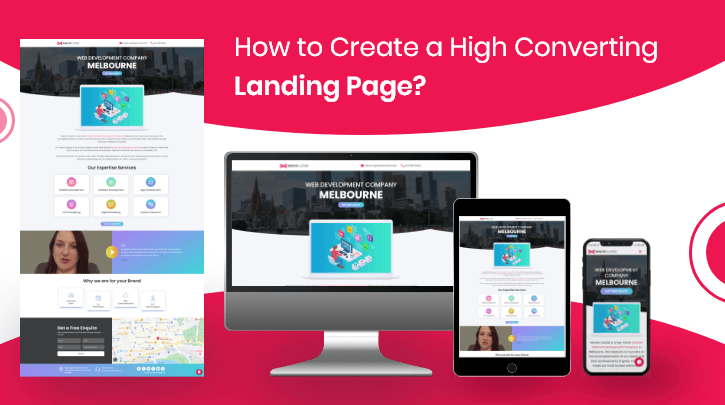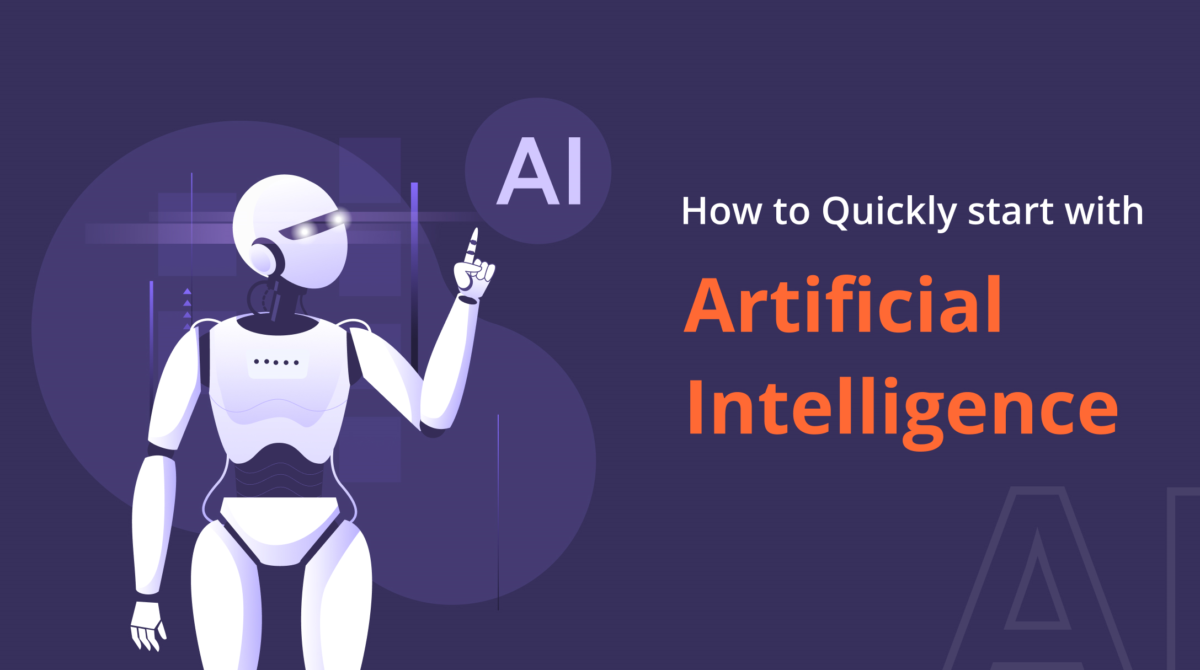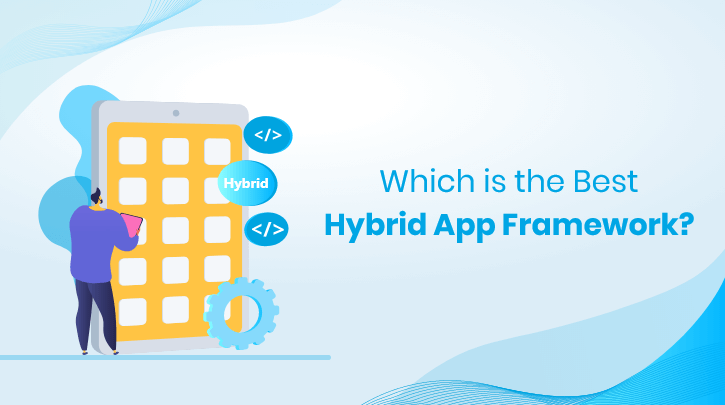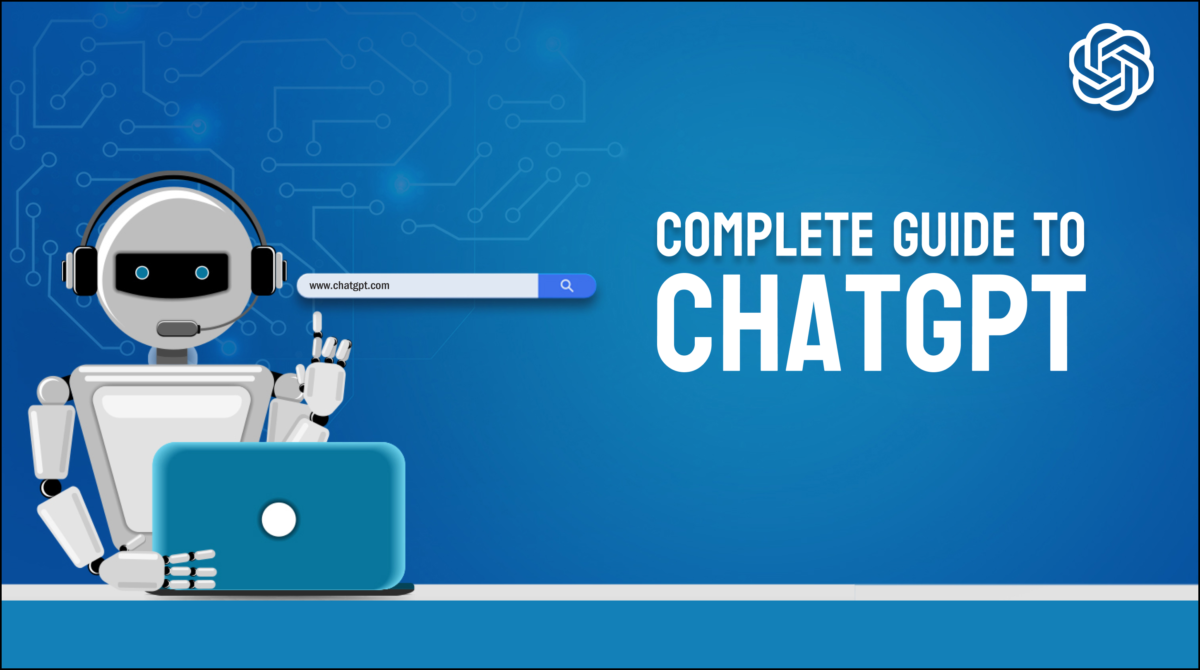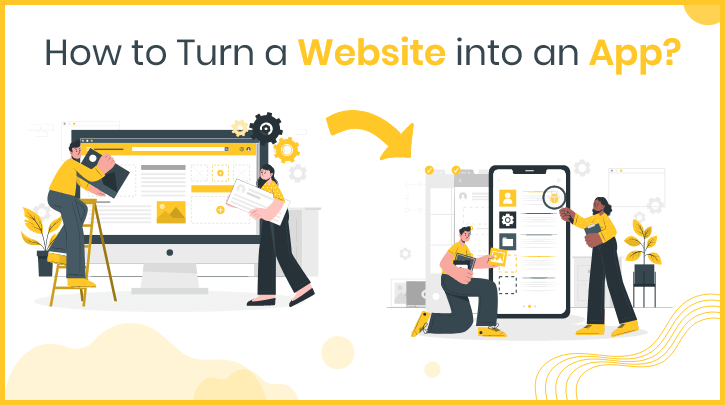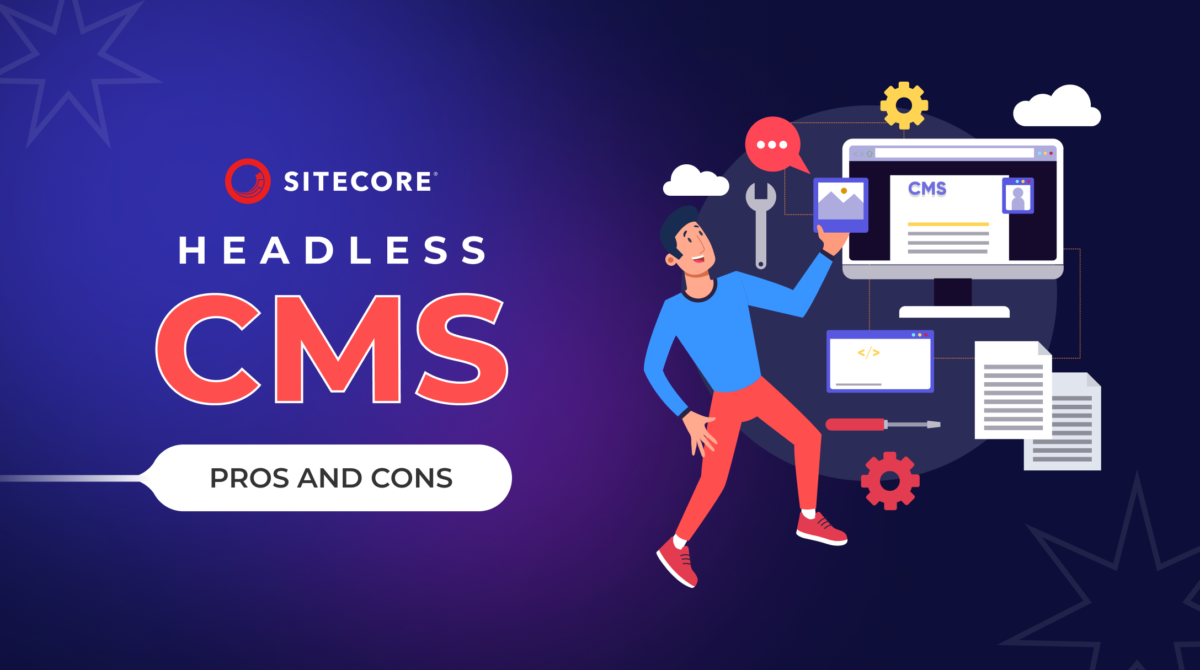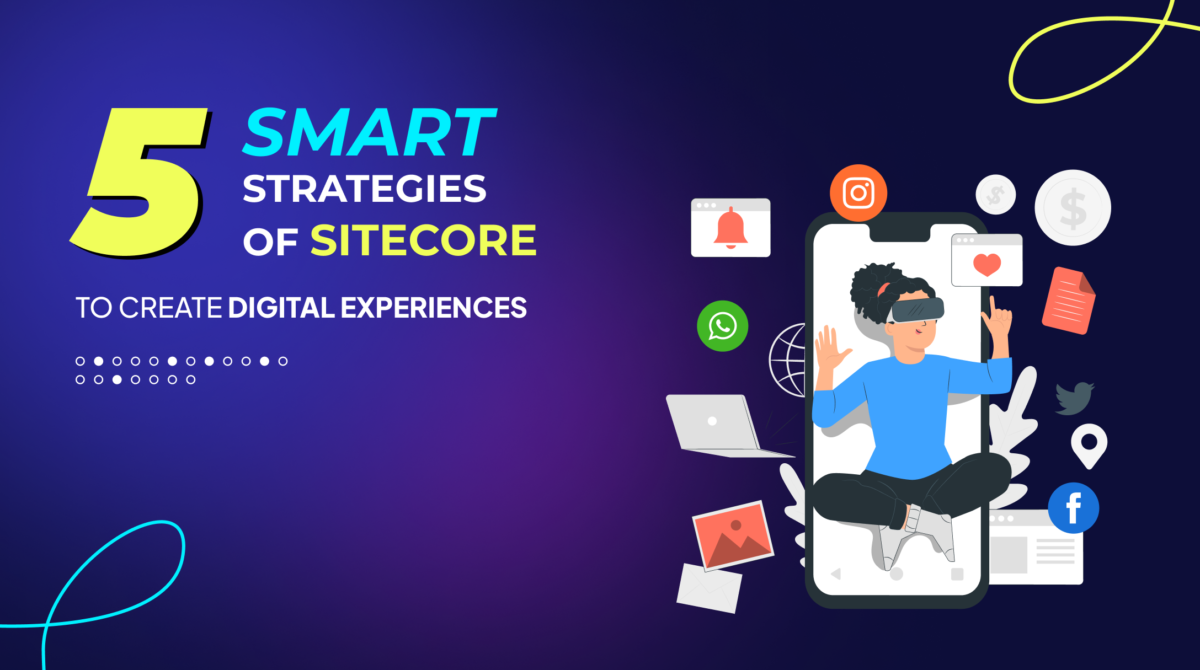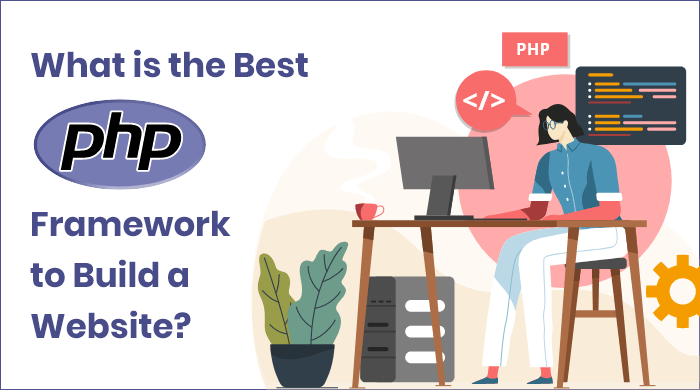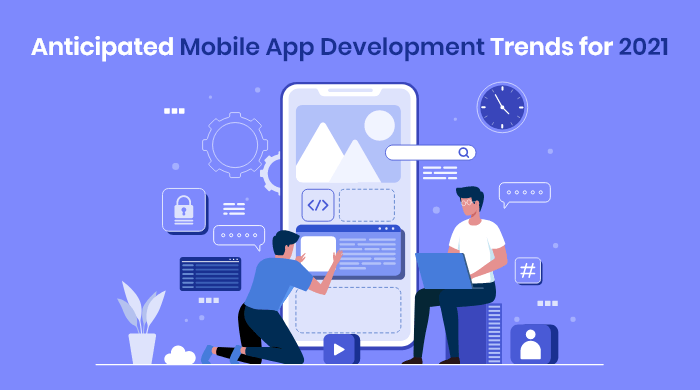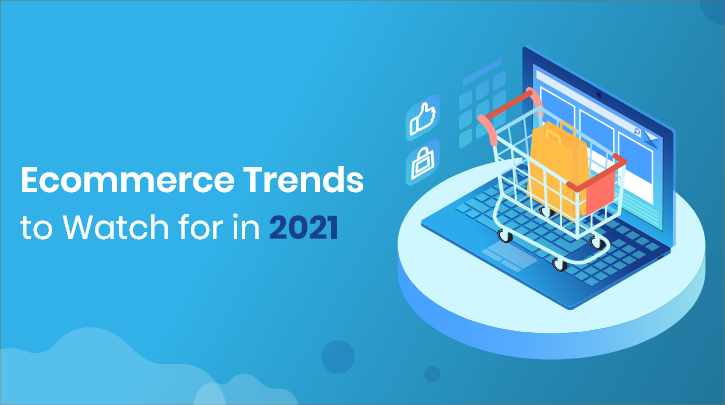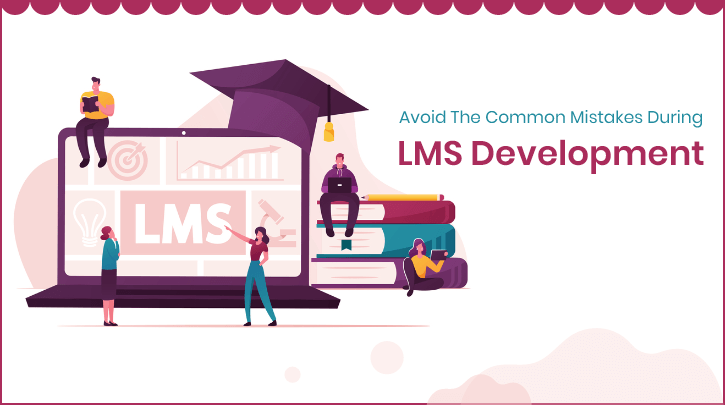
What are The Things you should not miss in LMS Software?
Unless you are a beginner, I’m sure you’ve heard a lot about Learning Management systems recently. This is primarily because it serves as the foundation of e-learning. According to Research and Markets, eLearning will reach $325 billion by 2025. One thing to keep in mind right away: first impressions are crucial in the world of eLearning! If a user abandons your portal once, he will never return. While the eLearning sector is catching everyone by storm and seeing fast expansion, design and development issues can bring the entire endeavor of learning management software to a halt.
Important Aspects to Check for LMS Development
1. Failure to Define Objectives and Requirements
The fatal error you can make is failing to share every aspect of your strategy and objectives with your learning platform development team. When it comes to bespoke development, even the slightest details may make a huge difference! Not being able to present a firm strategy to the developers is usually related to not knowing the specific demands of the learners. You must conduct extensive research into what functions are crucial to your learners and then utilize them to create a roadmap for e-learning platform development. Do not begin developing your eLearning software until you have thoroughly reviewed the objectives and aims.
2. Inadequate Responsive Design
“eLearning is evolving. In addition, new models, technologies, and designs will emerge. So, let’s get rid of the “e” – or, at the very least, give it a new and broader meaning.”
Elliot Masie is a writer from the United States.
We are a generation that is always on the move. 90% of individuals switch between devices to complete a task, whether on smartphones, PCs, tablets, or TV? As a result, your LMS software must likewise be compatible with this way of life. If this generation of users is compelled to obtain training programmes via PCs, there may be a significant lack of desire.
A responsive design for your LMS software solution will create a consistent experience for your readers since they will have access to materials at all times and from any device.
Students don’t need to scroll or frequently zoom in to access the information since a responsive site automatically adapts the site layout based on the device. They may explore the course on their terms and timetable, enhancing viewer satisfaction and decreasing dropout rates with LMS education software.
3. Your Site is Very Complicated
Don’t make your learners think about anything other than what is essential. Your LMS school software should not be overly confusing for your students.
Ask yourself, “How would a person who isn’t particularly tech-savvy navigate your site?” Keeping your simple should be your motto.
Learners will lose interest if they have to spend extra time working out your system.
4. Excessive Information is Cramped Modules:
A new, fluid, concise, and aesthetically attractive interface that is simple to use and does not need a lengthy learning curve better engages your learners, increasing your conversion rate. Navigation should be self-explanatory and straightforward at all times. Simultaneously, make the infrastructure resilient enough to withstand any changes or additions that you may choose to implement in the future. Such requirements are essential when it comes to the School management system.
5. Inadequate Evaluation and Assessment Tools
Learning is a two-way street. The education management system requires periodic evaluations to advance. Thus, a continual feedback loop should exist between the student and the educator. These assessments, which the students will eventually take, will have to be manually inserted. Provide backend administrators with a versatile and interactive module that allows them to select random questions from a question pool and mix multiple question kinds to construct an exam set. Maintain an automatic and customized grading system with custom software development.
6. Offline Education
What happens when students want to study but do not have constant internet access or are travelling? First, offline course access must be available in your Learning management system. Second, ensure that if a network connection is lost during an ongoing training, the user will resume where he/she left off. Finally, allow learners to download the courseware anytime they have network access and then engage in self-paced offline study at their leisure.
7. No Space to Scale
Choose an LMS for the long term, not only for today. Keep in mind that your LMS software development will need to evolve to meet the changing demands of your training program.
Scalability must be one of the most sought-after requirements for LMS development. This is primarily due to the high cost of building an LMS. Therefore businesses tend to start small and then grow up as user numbers rise, but hiring a software development company can be affordable.
Create a platform with the understanding that it will need to scale at some point. For example, it will be a nightmare if your preferred platform operates wonderfully for 100 users but collapses when 10,000 of them attempt to log in globally.
Also, Read- How to Make an Educational App?
As a result, your LMS development approach should include a smooth upgrade route that allows you to grow from 100 users to a couple of millions without disrupting existing users or requiring extensive re-architecture of the program. It should come as no surprise that having a system that can adapt to your company’s changing demands will be the most significant factor in its success.
8. Collaboration and Communication
Your student will want to reach out to internal specialists, trainers, or even their peers to discuss various subjects and challenges. Therefore, the LMS you select should promote communication and peer-to-peer contact among learners to increase the flow of ideas and information.
Check to see whether your LMS has tools like online chats, discussion forums, user groups, an in-built messenger, journals, wikis, and blogs.
9. Ability to Provide a Personalized Learning Experience
Personalization is a critical component of a successful eLearning experience. Learners must have access to eLearning tools and materials that meet specific gaps and requirements. The education management software platform should enable you to establish individualized learning paths with criteria that must be completed before moving on to the next topic.
As your LMS features will be dependent on it, make sure you have a clear understanding of your training objectives and goals. Then, to make the best option for your firm, determine what elements of an LMS you genuinely require or consider Software development services the best option.
Conclusion
Even after discussing Top 9 things you shouldn’t miss while developing LMS software, it is still not easy to come up with an ERP software solution without any errors. This is because the requirements and changes are entirely based on the type of project and the developer’s needs.
Are looking to hire an ERP software development company in India, then MavenCluster is here to assist you. MavenCluster is an award-winning software development company in India. Our team has more than ten year’s experience in ERP Software development. We offer the best development services in India. Hire the best developers with expertise in LMS Software development and Custom Software Development from MavenCluster.


